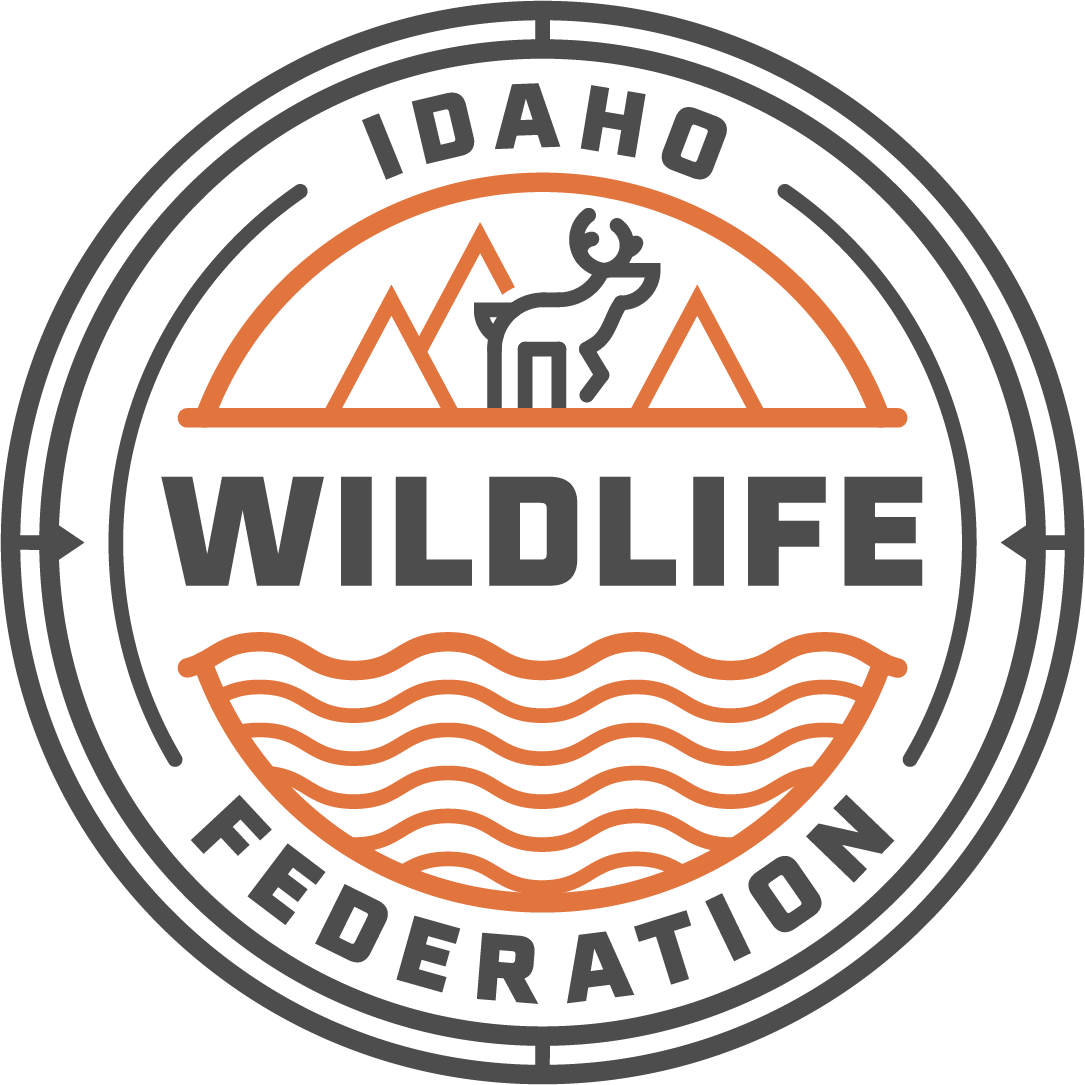Invasive Quagga Mussel Larvae Found For First Time in Idaho
The Idaho State Department of Agriculture (ISDA) has confirmed the presence of quagga mussels at larval life stages in the Centennial Waterfront Park area of the Snake River.
Quagga mussels have emerged alongside Zebra mussels as one of the most aggressive invasive species infesting the United States. These mussels spread easily to new areas, mainly due to the movement of watercraft.
These findings mark the first time a rapid response plan has been put into action for quagga mussels in Idaho.
ANGLERS BE AWARE:
All boat ramps and public access to water in the Centennial Waterfront Park area is temporarily closed off (see map below).
ISDA is implementing a rapid response plan that includes notifying impacted entities, implementing containment measures: limit the risk of spreading quagga mussels, closing all boat ramps in the area, conducting delimiting surveys: ISDA will be in the water performing delimiting surveys to determine the physical range of the impacted area and evaluating for potential treatment options: ISDA officials will be exploring potential control strategies for the mussels. Potential treatments or control strategies will be dependent on the extent of the impacted area while taking into consideration potential environmental impacts.
“Our Invasive Species Program is prepared to respond to these findings quickly in an effort to contain mussel population growth in such a vulnerable area,” said Chanel Tewalt, ISDA Director in a statement to Idaho Fish and Game. “We greatly appreciate the public’s cooperation and plan on opening the area as soon as possible to minimize the impact to businesses that rely on the Snake River.”
What Does This Mean For Sportsmen in Idaho?
Quagga mussels, like zebra mussels, threaten Idaho’s water systems, native species, agriculture, utilities and more. Initial releases from ISDA estimate that if these invasive species were to infest Idaho’s waters, it could potentially cost Idaho hundreds of millions of dollars in damage and lost revenue. In that same release, they call these estimates, “...just the beginning.”
Just like other invasive species, these mussels can move into and dominate both natural and managed systems by disrupting their ability to function sustainably. They are highly competitive, persistent, and can create monocultures that will eliminate Idaho's diverse biological aquatic ecosystems.
The encrusting of lake and river bottoms can displace native aquatic arthropods that need soft sediments for burrowing. The UC Riverside Center For Invasive Species Research reports quagga mussels in the Great Lakes have led to the collapse of insect populations that fish rely on for food and the health of their fish populations has been significantly adversely affected.
High mussel populations can also increase water acidity and decrease concentrations of dissolved oxygen, a compounding issue for native fish species in the temperature impaired Snake River.
But it doesn’t stop with impacts to fish.These mussels have been associated with avian botulism outbreaks in the Great Lakes which have caused the mortality of tens of thousands of birds. Because of their filter feeding habit, it has been estimated that these mussels can bioaccumulate organic pollutants in their tissues by as much as 300,000 times when compared to concentrations in the water in which they are living.
Consequently, these pollutants can biomagnify, meaning that they are passed up the food chain when contaminated mussels are eaten by predators (e.g., fish and crayfish), who in turn are eaten by other organisms (e.g., recreational fishermen who eat contaminated fish.)
Lastly, the presence of quagga mussels can severely harm farmers and irrigators i.e. blocking irrigation pipes and requiring constant monitoring and maintenance. This infrastructure damage could potentially make harder to get water to where it's needed to provide suitable habitat for ducks, geese and other game birds.
What Can You Do To Stop Help The Spread
All watercraft users are encouraged to follow the “Clean, Drain and Dry” actions for watercraft and equipment before entering and after leaving Idaho water bodies. ISDA watercraft inspection stations are also currently operating across the state and mandatory for watercraft users to stop at.
“This is a very high priority for Idaho and for me, given the gravity of the risk,” Idaho Governor Brad Little is quoted in a release from IDFG. If we are not successful, an unchecked spread – which we are doing all we can to stop – has the potential to cost Idaho hundreds of millions of actual and indirect costs. Thankfully, we caught the mussels early on and have already started a robust response to get these mussels OUT of our waters. We need everyone to support these efforts.”

